Support Your Body Systems for Better Health
Brain, Nervous and
Sensory System
THE SYSTEM FUNCTIONS
The nervous system consists of the brain, spinal cord, sensory organs and all of the nerves that connect these organs with the rest of the body. Together, these organs are responsible for the control of the body and communication among its parts.
Central Nervous System
(CNS) consists of the brain and spinal cord and is known as the control center where information is evaluated and decisions made.
Peripheral Nervous System
(PNS) is made up of sensory nerves and sense organs which monitor conditions inside and outside of the body and send this information to the central nervous system.
Somatic Nervous System
(SNS) is a division of the peripheral nervous system that is responsible for stimulating skeletal muscles in the body. This is the only consciously controlled part of the PNS.
Autonomic Nervous System
(ANS) is also a division of the PNS, and it controls subconscious effectors such as visceral muscle tissue, cardiac muscle tissue and glandular tissue.
a. Sympathetic: The body’s “fight or flight” response to stress, danger, excitement and emotions. The sympathetic nervous system can increase respiration and heart rate, release adrenaline and other stress hormones, and decrease digestion.
b. Parasympathetic: The body’s “rest and digest” response when the body is relaxed, resting or feeding. The parasympathetic nervous system works to undo the work of the sympathetic division after a stressful situation including decrease respiration and heart rate, increase digestion and waste elimination.
Associated Organs
Brain, spinal cord, complex network of nerves and sensory organs including the eyes, ears and taste buds

What You Can Do To Support a
Healthy Brain, Nervous & Sensory System
Essential Vitamins & Minerals
- Choline
- Vitamin A
- Vitamin B Complex
- B1 (Thiamine)
- B2 (Riboflavin)
- B3 (Niacin)
- B5 (Pantothenic Acid)
- B6 (Pyridoxine), B7 (Biotin)
- B9 (Folic Acid)
- B12 (Cyanocobalamin)
- Vitamin C
- Vitamin D3
- Vitamin E
- Vitamin K
Recommended Dietary Supplements
- Adaptuit™
- Adaptuit™ Sleep
- Energy Now!®
- Essential D™
- Nerve Formula™
- NeuroShine™
- Omega3 Prime™
- Slow Dissolve B-12/Super B-12
- VisionGuard™
Amazon
Herb Supplements
- A Recovery
- Rejuvenate
- Serenity
Foods To Include
Fruits
 Blueberries
Blueberries
 Avocado
Avocado
 Banana
Banana
 Strawberries
Strawberries
 Citrus Fruits
Citrus Fruits
VEGETABLES
 Kale
Kale
 Spinach
Spinach
 Broccoli
Broccoli
 Collard Greens
Collard Greens
 Brussels Sprouts
Brussels Sprouts
PROTEIN / DAIRY
 Wild Caught Salmon
Wild Caught Salmon
 Sardines
Sardines
 Herring
Herring
 Tofu
Tofu
 Eggs
Eggs
NUT / SEEDS
 Almonds
Almonds
 Walnuts
Walnuts
 Pumpkin Seeds
Pumpkin Seeds
 Chia Seeds
Chia Seeds
 Pistachios
Pistachios
MISCELLANEOUS
 Olive Oil
Olive Oil
 Cocoa
Cocoa
 Garlic
Garlic

Note: Be sure to do your best to shop organic, grass-fed, free-range, unprocessed and low sodium.
What You Can Do To Support a Healthy Brain, Nervous and Sensory System (continued)
Daily morning cleanse: 8-12oz of lemon water
Foods you should avoid or limit:
Do your best to read the labels on packaged food. If the names are too hard to pronounce, they are likely chemical-based ingredients and not very good for you.
- Processed and high-sodium foods such as cured ham, bacon, sausage, and potato chips
- Foods that contain all-purpose flour such as pizza, bagels, pretzels, white bread, and flour tortillas
- Artificial sweeteners containing Sucralose such as yogurt, cereal, whole grain muffins, breads, and microwave popcorn
- Beware of “reduced sugar” labels which are usually loaded with artificial sweeteners such as fruit juice, ketchup, jams, jelly, syrup, soda, sports drinks, ice cream, and salad dressings.
Below is a List of Artificial Sweeteners You Should Try to Avoid:
- Aspartame
- Acesulfame
- Potassium
- Alitame
- Cyclamate
- Dulcin
- Equal
- Glucin
- Kaltame
- Mogrosides
- Neotame
- NutraSweet
- Nutrinova
- Phenylalanine
- Saccharin
- Splenda
- Sorbitol
- Sucralose
- Twinsweet
- Sweet ‘N Low
- Xylitol
Recommended Activities
Physical activity is essential for good health. New studies show even 15 minutes of elevated heart rate from activity has numerous benefits. Find activities you enjoy doing and aim for at least 15 minutes 4 to 5 times per week.
CARDIO: Biking, Hiking, Walking, Running, Swimming, Dancing, Zumba
STRENGTH: Weight Training, Pilates, Vigorous Yoga, P90X, Crossfit, Barre
FLEXIBILITY: Yoga and Stretching
Additional Information
Common Symptoms: Common signs and symptoms associated with the nervous system include persistent or sudden headaches, loss of feeling or tingling, weakness or loss of muscle strength, loss of sight or double vision, memory loss, impaired mental ability, lack of coordination, muscle rigidity, tremors or seizures, back pain, muscle wasting, slurred speech or language impairment.
Common Disorders
- Attention Deficit Disorder (ADD) – A chronic condition including difficulties keeping attention, finishing tasks and focusing.
- Attention-Deficit/Hyperactivity Disorder (ADHD) – A chronic condition including difficulties keeping attention, finishing tasks and focusing accompanied by the need for constant motion or impulsiveness.
- Amyotrophic Lateral Sclerosis (ALS) – Progressive neurodegenerative disease affecting nerve cells in the brain and spinal cord. Progressive neurodegenerative disease affecting nerve cells in the brain and spinal cord.
- Asperger’s Syndrome – A developmental disorder affecting ability to effectively socialize and communicate.
- Autism Spectrum Disorder – A developmental disorder present from early childhood characterized by difficulty in communicating and forming relationships with other people and in using language and abstract concepts.
- Brain Infections – Infections in the brain or spinal cord tissues.
- Brain Trauma – Traumatic closed-head injury.
- Brain Tumor – Growth in brain tissue, benign or cancerous.
- Carpal Tunnel Syndrome – Compression or irritation of nerves in hands/fingers causing numbness, tingling or pain.
- Convulsions – Sudden, involuntary, uncontrolled and irregular movement of a limb or entire body.
- Dementia – Disorder of mentation processes resulting in memory and personality changes.
- Depression – Mental health disorder characterized by feeling severe despondency or dejection. Mental health disorder characterized by feeling severe despondency or dejection.
- Encephalitis – Inflammation of the brain.
- Epilepsy – Sudden recurrent episodes of sensory disturbance, loss of consciousness or convulsions.
- Eye issues – Glaucoma, Lazy Eye, Macular Degeneration, Cataracts, Retinal Disease, Strabismus or Blindness
- Meningitis – Infections in brain or spinal cord membranes.
- Mental Health Disorders – Usually diagnosed from infancy through adolescence: Depression, Bipolar Disorder, Schizophrenia, Learning Disabilities, etc.
- Migraines – Headache of varying intensity, often accompanies by nausea and sensitivity to light and sound.
- Multiple Sclerosis – Progressive disease involving damage to sheath of nerves.
- Neuralgia – Nerve pain anywhere in the body; burning, tingling or sharp pains.
- Parkinson’s Disease – Progressive disease of nervous system that affects movement, often including tremors.
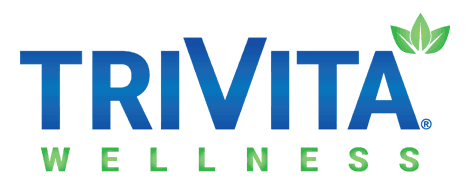
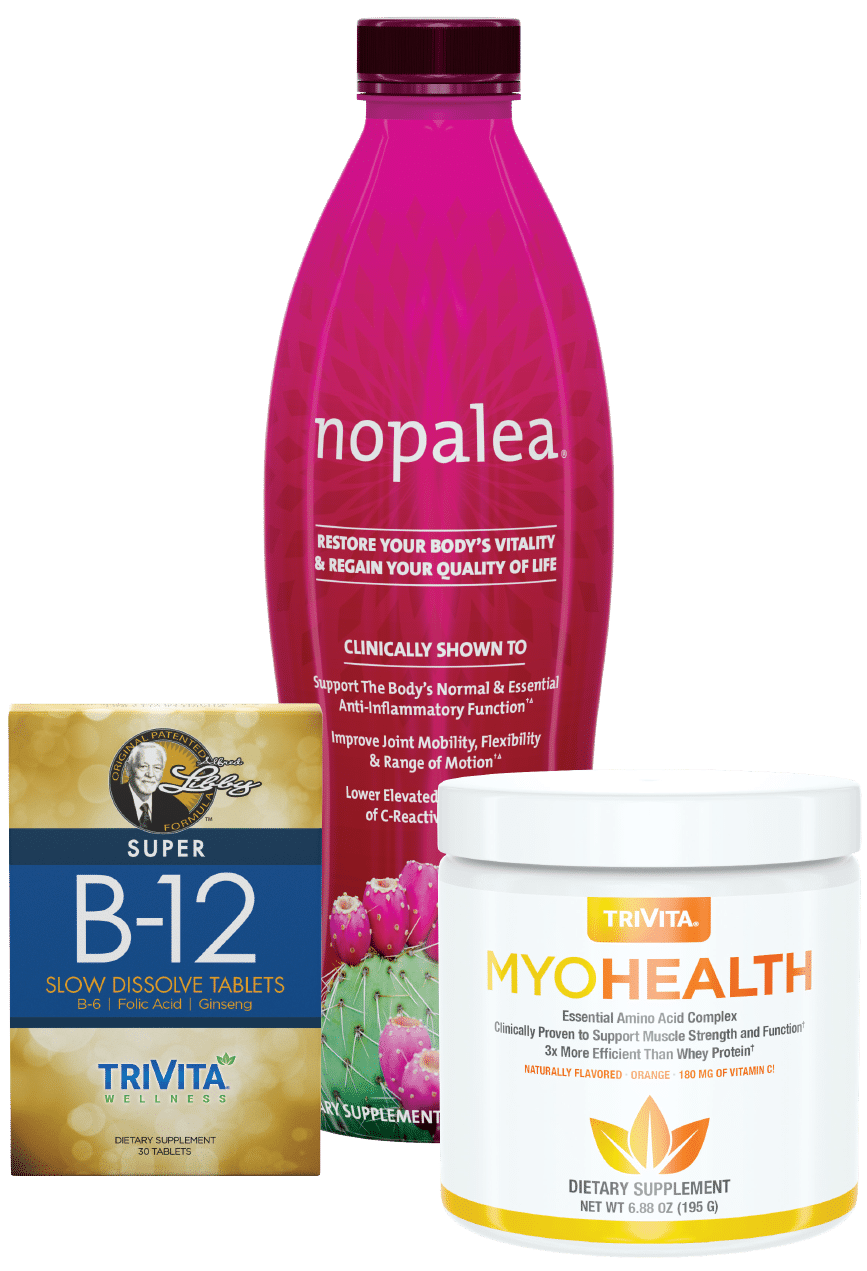

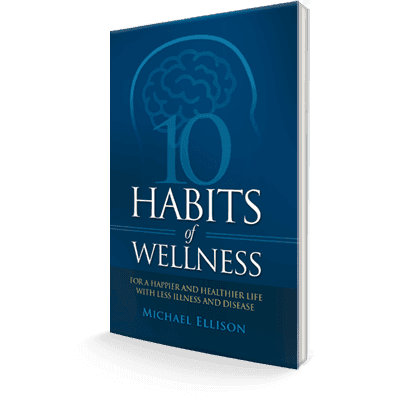





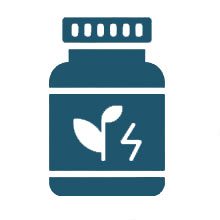
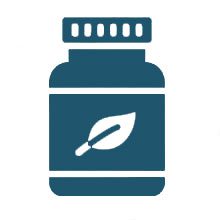
 Blueberries
Blueberries Avocado
Avocado Banana
Banana Strawberries
Strawberries Citrus Fruits
Citrus Fruits Kale
Kale Spinach
Spinach Broccoli
Broccoli Collard Greens
Collard Greens Brussels Sprouts
Brussels Sprouts Wild Caught Salmon
Wild Caught Salmon Sardines
Sardines Herring
Herring Tofu
Tofu Eggs
Eggs Almonds
Almonds Walnuts
Walnuts Pumpkin Seeds
Pumpkin Seeds Chia Seeds
Chia Seeds Pistachios
Pistachios Olive Oil
Olive Oil Cocoa
Cocoa Garlic
Garlic